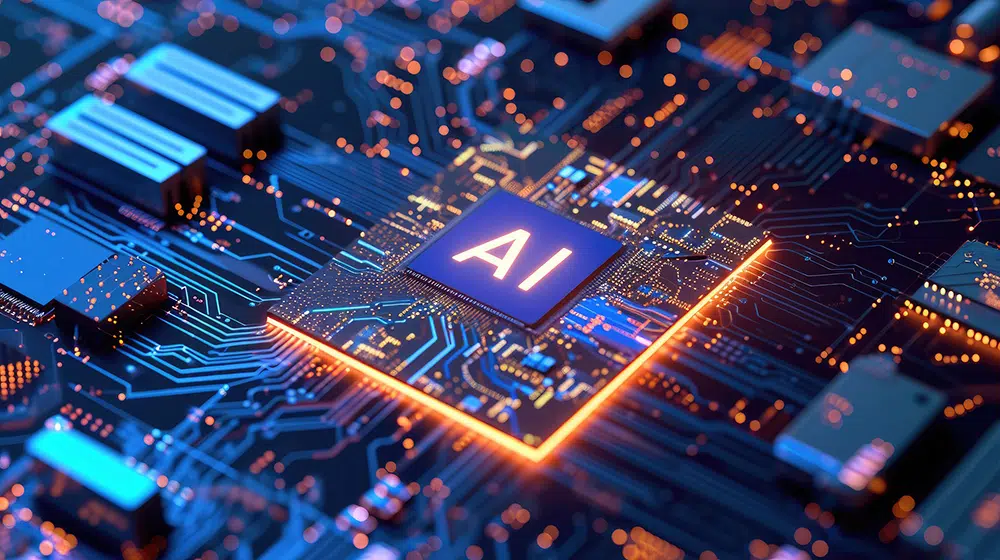The timeless question, “What are we going to eat?” won’t go away, but with AI, we can respond with confidence. Artificial intelligence is a game-changer across industries, and at the personal level, it can make our lives easier.
AI is reshaping how we meal plan, manage food costs and waste, and navigate dietary needs and goals. How we shop for, experience, and even experiment with food has changed with AI. Learn how your culinary experience can get a serious upgrade with the technological advancement of the century.
Meal Planning Has Become Personalized
Somehow, it always sneaks up on you what you’re going to eat. The need is basic, but the demand to devise cuisine for over 1,000 meal times a year is exhausting. The drumbeat of this demand can lead to overwhelm, monotonous meals, nutritionally lacking diets, and overspending.
Get more quality, nutritious, and delicious food on the table, faster and easier, with AI meal planning. Simply plug in your food preferences, restrictions, allergies, and priorities to unlock a new world of meal planning.
With just a few queries, you can discover delicious food combinations and recipes you may not have yet considered. If you love Chinese takeout, you might be surprised to learn how simple home preparation may be.
Feed the family dinner that everyone will finish with AI planning. Family meal time is one of the most stressful, especially with young children. You’re managing competing schedules and sports obligations, so you might need a meal that will taste good now and later.
Additionally, AI can help manage serving sizes and questions. This will help reduce food waste if you are anti-leftover and, if not, ensure there’s enough remaining for tomorrow’s lunch.
Healthy meal delivery takes the guesswork out of meal planning, shopping, and preparation. Chef-curated meals tantalize taste buds and provide balanced nutrition and premium flavors. With a meal delivery service, you get the convenience of takeout without the expense and without sabotaging your nutritional goals.
Food Waste is a Thing of the Past
No matter how hard you try, it seems like you’re always tossing food. While some wilted cilantro is nothing to cry about, food shelf life and consumption are hard to tabulate.
AI can help you narrow down the exact amount of food you need for the week’s recipes. This way, you can buy three apples and stalks of celery instead of committing to full bags. You may end up paying more per ounce, but you’ll use every bit.
Most grocery stores have switched from hanging scales to digital versions, but they’re still stationed in the produce section. When you shop in-store, weigh your items in grams to dial in your quantities.
After a while, you’ll get a good idea of standard weights for go-to ingredients. If you’re shopping online, there may be some more trial and error.
Elevated Food Access at Your Fingertips
For those who value both quality and convenience, AI is becoming the ultimate culinary concierge. Sourcing premium ingredients, whether grass-fed beef, heirloom vegetables, or specialty imports, no longer requires hours of research or multiple stops at gourmet shops. AI platforms can streamline the process, connecting you instantly with purveyors who meet your exacting standards.
Beyond sourcing, AI can curate meal delivery options tailored to your lifestyle. Imagine chef-crafted menus that align with your wellness goals, highlight seasonal ingredients, and arrive at your doorstep precisely when your schedule allows. The result? Effortless dining that preserves your time without compromising flavor or sophistication.
With AI, elevated food access isn’t just about getting what you need; it’s about discovering what’s exceptional. Every choice, from weekday dinners to celebratory meals, becomes an opportunity to indulge in convenience wrapped in refinement.
Grocery Lists Get Smarter
If your partner has ever asked you, “What groceries do we need?” And your mind went blank, you’re not alone. Few people can have a photographic memory of their fridge and pantry contents.
However, smart appliances can scan your stash to let you know what you’re running low on. Smart apps can scan a photo of your pantry and create a list of items. Instead of digging through your shelves, you get a real-time inventory.
If you have a favorite grocery store, grocery apps can present your purchase needs using AI. Grocery habits tracked through loyalty programs will present these repurchase suggestions, sales, and coupons. Furthermore, grocery stores use AI to offer personalized pricing to spark customer loyalty and manage store inventory.
Producers Predict Food Demands
Before the food gets to your table, producers are hard at work predicting your needs. Farmers use AI to extrapolate yields to determine field plantings, seed selection, and pest management tactics.
This AI advancement helps improve farming success rates and informs processors of upcoming availability. For example, a cereal manufacturer is reliant on grain production. If farmers have a bad year, they may need to adjust future production and pricing.
With AI, manufacturers get advance warning of potential challenges, which can help them prioritize new food lines or adjust recipes. Months and even years later, this can influence your options at the grocery store and even impact food culture.
Serve Up Something AI-Inspired
AI is already changing the game and how we experience food. Use it to personalize your food experience, invite exciting new flavors, and make smart choices. The next time you shop or meal plan, make note of AI‘s impact and how you can use it to elevate your food game.






